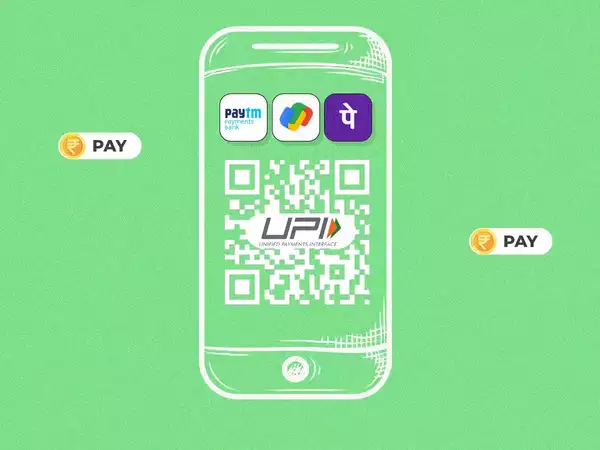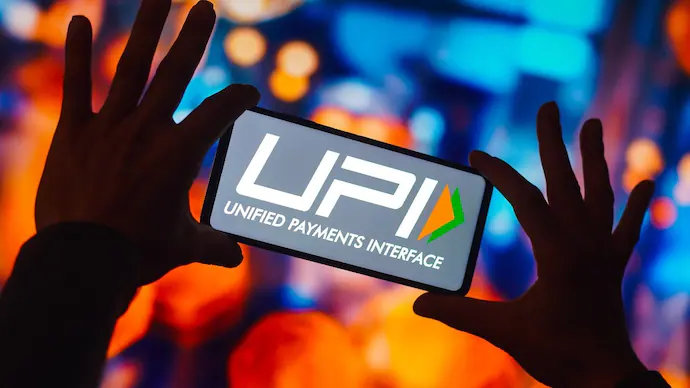Starting August 1, 2025, the National Payments Corporation of India (NPCI) has implemented new UPI guidelines affecting Paytm, PhonePe, Google Pay, and all other UPI apps. These strategic changes focus on reducing server congestion and improving transaction reliability for India’s massive digital payments ecosystem, which processes billions of transactions monthly.
Table of Contents
Key Changes: What’s New from August 1, 2025
The latest NPCI guidelines introduce specific daily limits on background activities while keeping regular payment functions unchanged:
| Activity | Previous Limit | New Limit (Aug 1, 2025) | Impact |
|---|---|---|---|
| Balance Check | Unlimited | 50 times per day | Reduces server load |
| Account View | Unlimited | 25 times per day | Prevents system congestion |
| Payment Transactions | ₹1 lakh/day (20 txns) | No Change | Regular payments unaffected |
| AutoPay Processing | Standard | Streamlined | Improved reliability |
Who’s Affected: All UPI app users, including Paytm, PhonePe, Google Pay, BHIM, Amazon Pay, and bank UPI apps.

Understanding the New Limits
Balance Check Restriction: Users can now check their account balance maximum 50 times per day across all linked accounts. This addresses excessive balance inquiries that strain UPI servers during peak hours.
Account View Limitation: The ability to view bank accounts linked to your mobile number is capped at 25 times daily. This prevents unnecessary API calls that contribute to system slowdowns.
Payment Limits Unchanged: Crucially, actual payment capabilities remain unaffected. Users can still:
- Send up to ₹1 lakh per day for standard transactions
- Make ₹5 lakh payments for education, healthcare, and tax payments
- Process maximum 20 transactions daily
Why These Changes Matter
System Optimization: According to NPCI, these restrictions target “unnecessary traffic on UPI servers” that often causes:
- Payment failures during high-traffic periods
- Transaction delays and timeouts
- Service interruptions affecting millions of users
Performance Improvement: By limiting background activities, NPCI aims to ensure smoother transaction processing for core payment functions that users rely on daily.
Impact on Different User Types
Casual Users: Most everyday users who check balances occasionally and make regular payments will not notice any difference in their UPI experience.
Heavy Users: Frequent balance checkers and power users may need to adapt their usage patterns, but core payment functionality remains robust.
Businesses: Companies relying on automated payment collections should review their systems, though standard merchant transactions continue normally.
UPI Ecosystem Context
Transaction Volume: India’s UPI system processes over 10 billion transactions monthly, making system efficiency critical for economic stability.
Market Leaders: The changes affect major players including:
- PhonePe (market leader)
- Google Pay (significant market share)
- Paytm (widespread adoption)
- BHIM (government app)
- All bank-specific UPI apps
Technical Implementation
Background Processing: These limits work behind the scenes without requiring app updates or user action. The restrictions are implemented at the NPCI level across all participating payment service providers.
Real-Time Monitoring: NPCI will monitor system performance to assess the effectiveness of these measures in reducing congestion and improving reliability.
Future Implications
Sustainable Growth: These measures support the sustainable scaling of India’s digital payments infrastructure as transaction volumes continue growing exponentially.
User Experience: By prioritizing actual payments over background activities, NPCI ensures that money transfers remain seamless while system resources are optimized.
The August 1, 2025 UPI rule changes represent NPCI’s proactive approach to maintaining system reliability as India’s digital payment adoption accelerates. While introducing minor restrictions on background activities, the core payment experience that millions depend on daily remains unchanged and improved.
Stay updated on the latest digital payment trends and UPI developments on TechnoSports for comprehensive coverage of India’s evolving fintech landscape.








